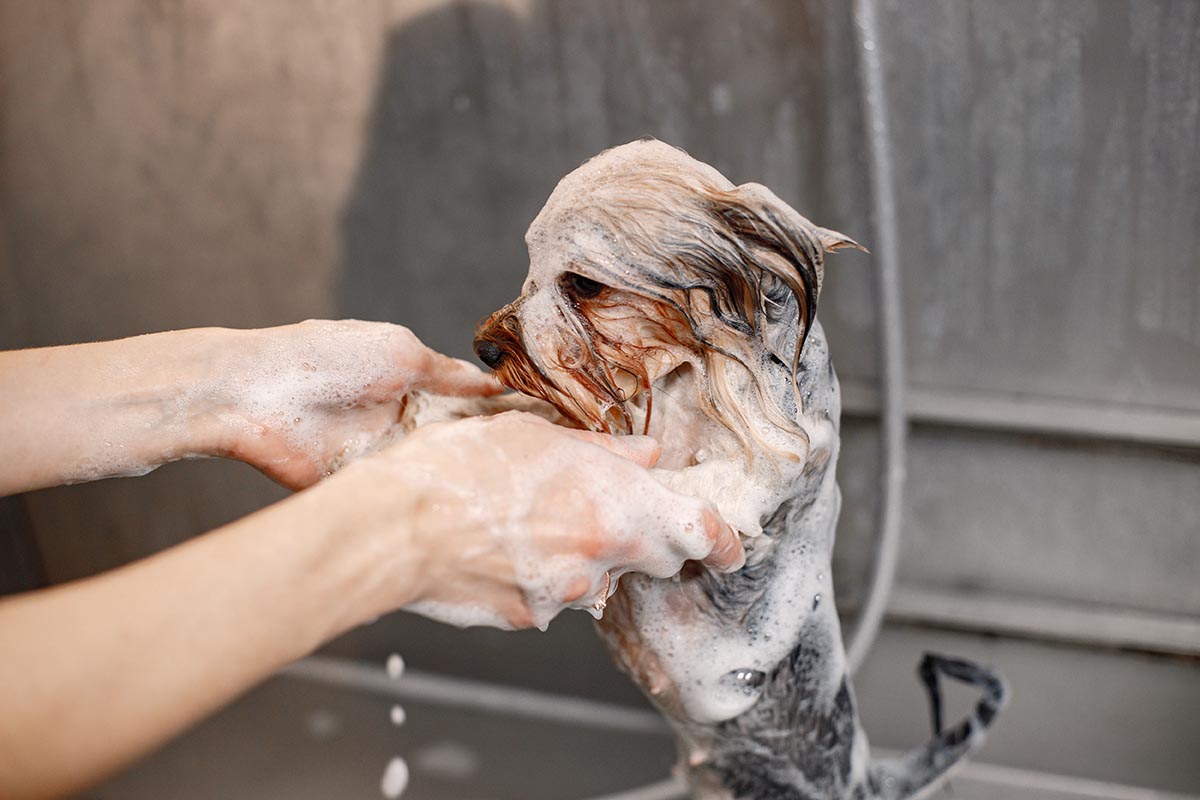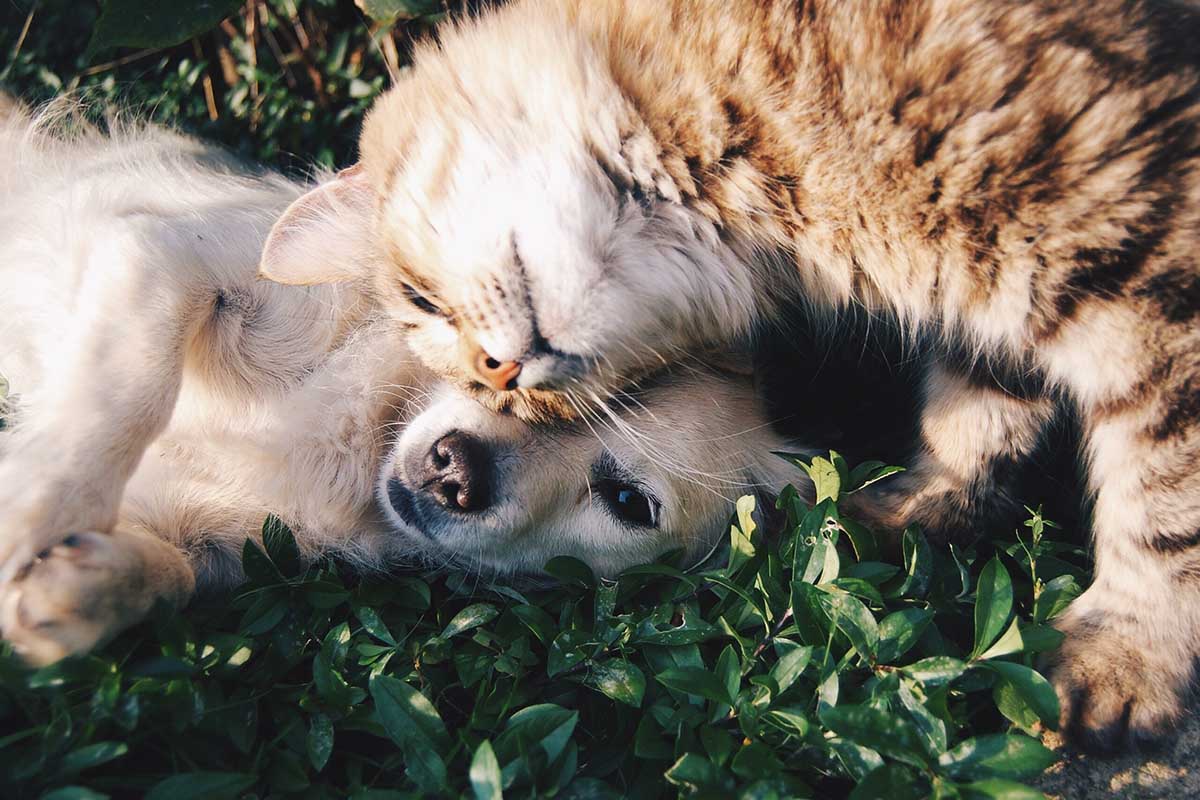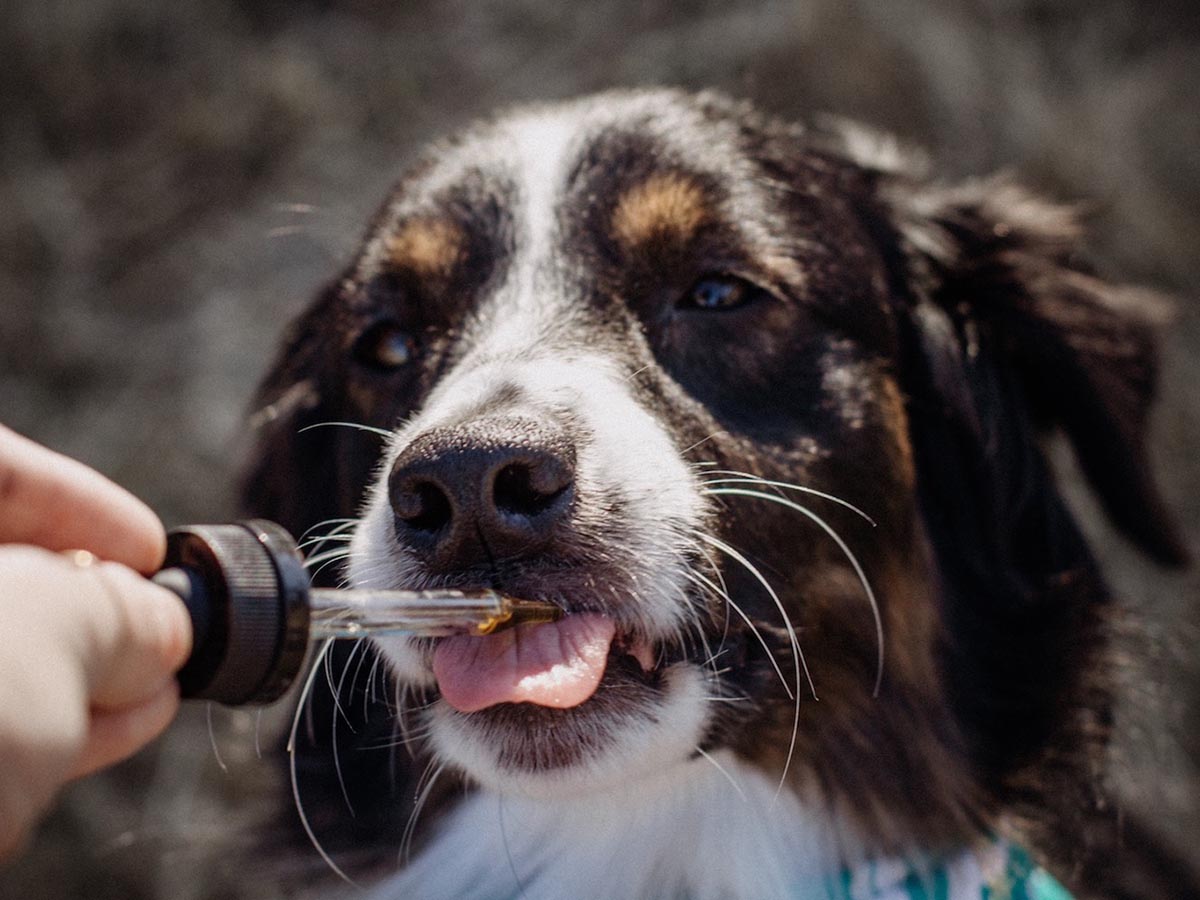Health and Hygiene Unleashed: The Surprising Advantages of Washing Your Pets
Our pets bring plenty of joy and companionship to our lives. Whether you have a playful pup, a fluffy feline, or even a scaly reptile, maintaining their health and hygiene is crucial. While regular visits to professional groomers are essential, there are numerous benefits to incorporating pet wash routines into your pet care regimen.
This article explores the advantages of washing your furry friends and provides a step-by-step guide for washing different types of pets, from dogs to cats, rabbits, and birds.
Dogs: A Man’s Best Friend
Discover the benefits of taking charge of your dog’s hygiene and grooming with at-home washes. You get the chance to bond intimately with your furry friend, and by washing them yourself, you can identify potential skin or coat problems early on.
Regular baths also mean improved hygiene, decreased odor, and lower risk of infections. So, why wait? Here’s how simple it is to get started:
- Prepare the bathtub or a designated area with warm water and non-slip mats.
- Remove any tangles or mats from your dog’s fur using a brush first.
- Then, gently wet your dog’s coat with warm water, avoiding the head and ears.
- Use a pet-friendly shampoo and massage it into your dog’s coat gently.
- Rinse all the shampoo off and ensure no residue is left.
- Use a towel or a hair dryer on a low setting for drying if your dog is comfortable with it.
- Praise and reward.
Cats: Graceful and Independent
Have you ever watched a cat groom itself? Their tongues are equipped with tiny barbs that act like a natural comb, allowing them to clean their fur meticulously. And while cats are usually capable of keeping themselves clean, there are situations where human intervention is necessary. For instance, if a cat has a medical condition, has reached old age, or finds itself in an exceptionally messy situation, it may require a bath.
However, it’s important to approach the process cautiously, utilizing cat-friendly products and techniques. Cats are great at self-cleaning but prefer to control their cleanliness, so respecting their natural grooming instincts is key.
- Find a quiet, enclosed space where your cat feels safe and secure.
- Fill a sink or basin with warm water and have cat-friendly shampoo ready.
- Clip your cat’s nails beforehand to minimize scratches.
- Gently wet your cat’s body using a damp washcloth or a sprayer on a low-flow setting.
- Use a small amount of cat shampoo and lather it onto your cat’s fur, avoiding the head.
- Rinse your cat’s fur thoroughly, ensuring no shampoo remains.
- Wrap your cat in a towel and give treats and affection to make them feel safe and loved.
Rabbits: Fluffy and Delicate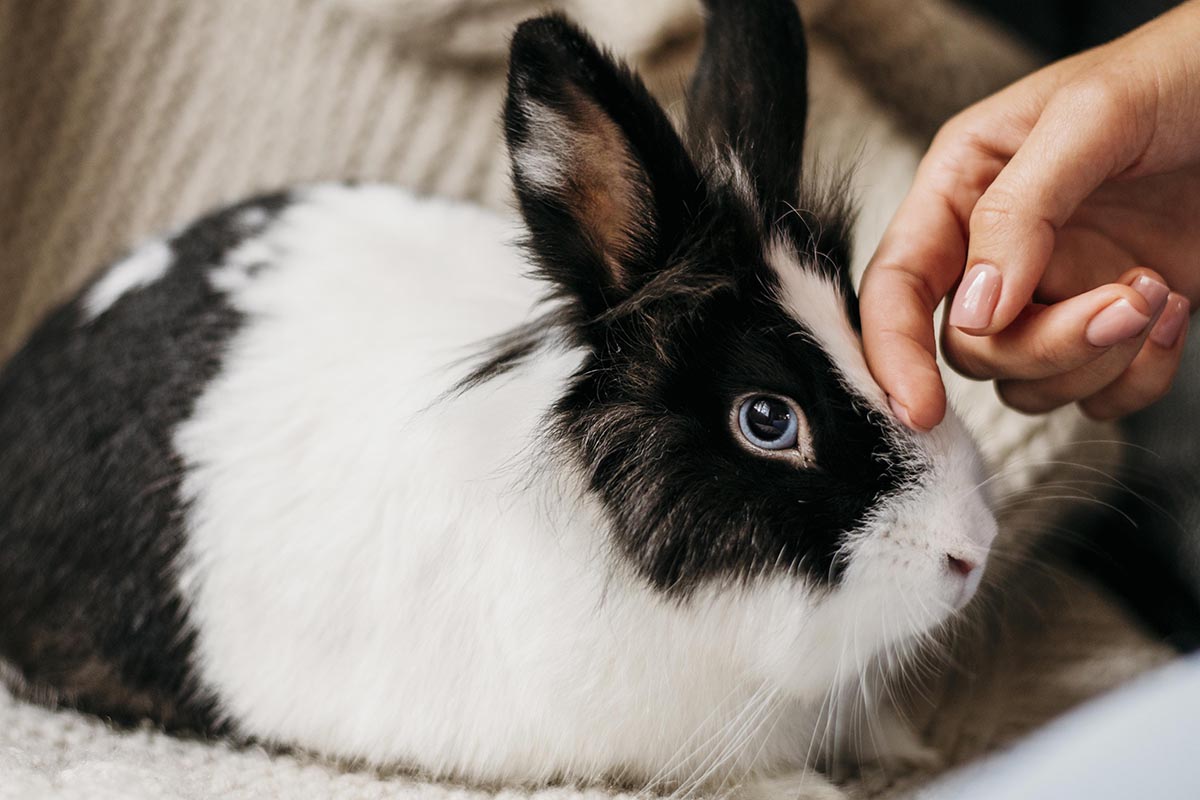
When it comes to bathing your rabbit, there are a few things you need to keep in mind. Unlike dogs, most rabbits are able to keep themselves clean. They use their tongues and paws to groom their fur and maintain a healthy, shiny coat. But there may be times when you need to step in. For example, if they have a medical condition that affects their grooming habits.
If this is the case, you’ll want to approach bathing with care. However, you must respect your their natural grooming instincts and only intervene if necessary to ensure their happiness.
- Use a shallow basin or sink filled with lukewarm water, and line it with a non-slip mat.
- Gently place your rabbit in the water, supporting its body with one hand.
- Wet your rabbit’s fur using a cup or spray bottle, avoiding the head and ears.
- Use a mild rabbit-specific shampoo and gently lather it onto your rabbit’s fur.
- Rinse your rabbit’s fur thoroughly, ensuring no shampoo residue remains.
- Use a soft towel to blot excess water, taking care not to rub.
- Place your rabbit in a warm, draft-free area until its fur is fully dry.
Birds: Feathered Beauties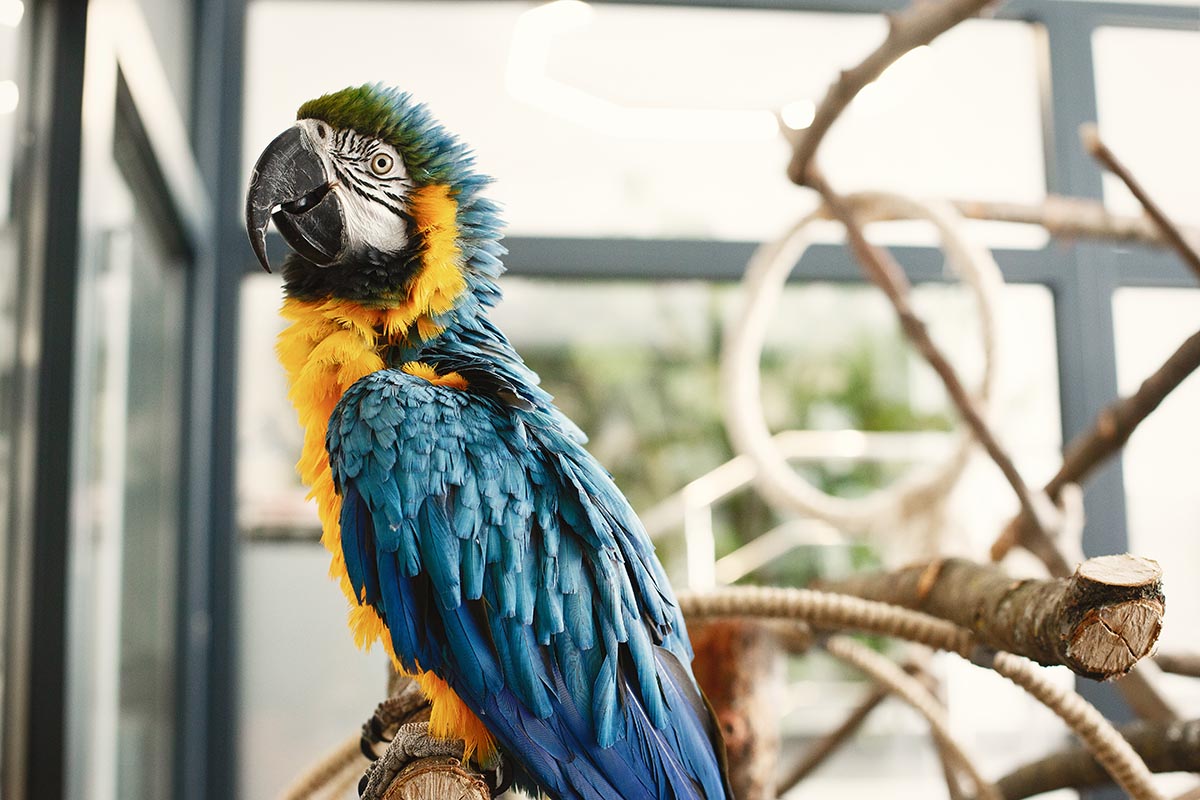
As a bird owner, it’s crucial to understand and respect your feathered friend’s unique bathing routine. Rather than stepping in to do the task ourselves, birds prefer to clean themselves in their way. In the wild, different birds may opt for various methods like rain showers or puddle-dipping. It’s our responsibility as caregivers to offer them similar opportunities.
- Use a shallow dish filled with lukewarm water and place it in a secure location.
- Gently bring your bird near the water, allowing them to observe and explore.
- Observe their comfort level. Some birds prefer misting or bathing alone, while others enjoy being gently sprayed with water.
- Ensure the water is lukewarm to avoid shocking your bird.
- After bathing, provide your bird with a warm and comfortable environment, allowing its feathers to air dry naturally.
- Birds are sensitive to temperature changes. Avoid using heating devices.
Tortoise: Slow and Steady
Bath time for tortoises is not your typical pet grooming routine. Unlike other animals who require frequent dips in the water, tortoises have their own unique way of staying clean. While they love to soak in shallow water to keep their skin hydrated and shed their shells, they are not natural swimmers and should never be submerged in deep water.
Tortoises are champions of self-cleaning, using their tongues or rubbing against objects to remove dirt or debris from their shells. As their owner, you must maintain a healthy environment that caters to their natural bathing habits and ensures their well-being.
- Fill a shallow container with enough room for your tortoise to move around comfortably.
- Fill the container with lukewarm water, ensuring it’s not too deep.
- Support your tortoise as you place them in the container, allowing them to adjust.
- Tortoises often enjoy soaking, which helps to hydrate their skin and shell.
- Using a soft toothbrush or sponge, gently brush its shell to remove any algae or debris.
- Rinse your tortoise with clean, lukewarm water to remove residue.
- Provide your tortoise with a warm, comfortable space to dry naturally.
Conclusion
Regularly washing your pets offers more than a clean appearance – it contributes to their overall health and well-being. Each pet requires specific care during bathing, from dogs and cats to rabbits, birds, and turtles.
By following these step-by-step instructions and incorporating self pet wash routines into your pet care regimen, you can provide a clean, healthy environment for your beloved companions, strengthening the bond between you and your furry, feathered, or scaly friends.
